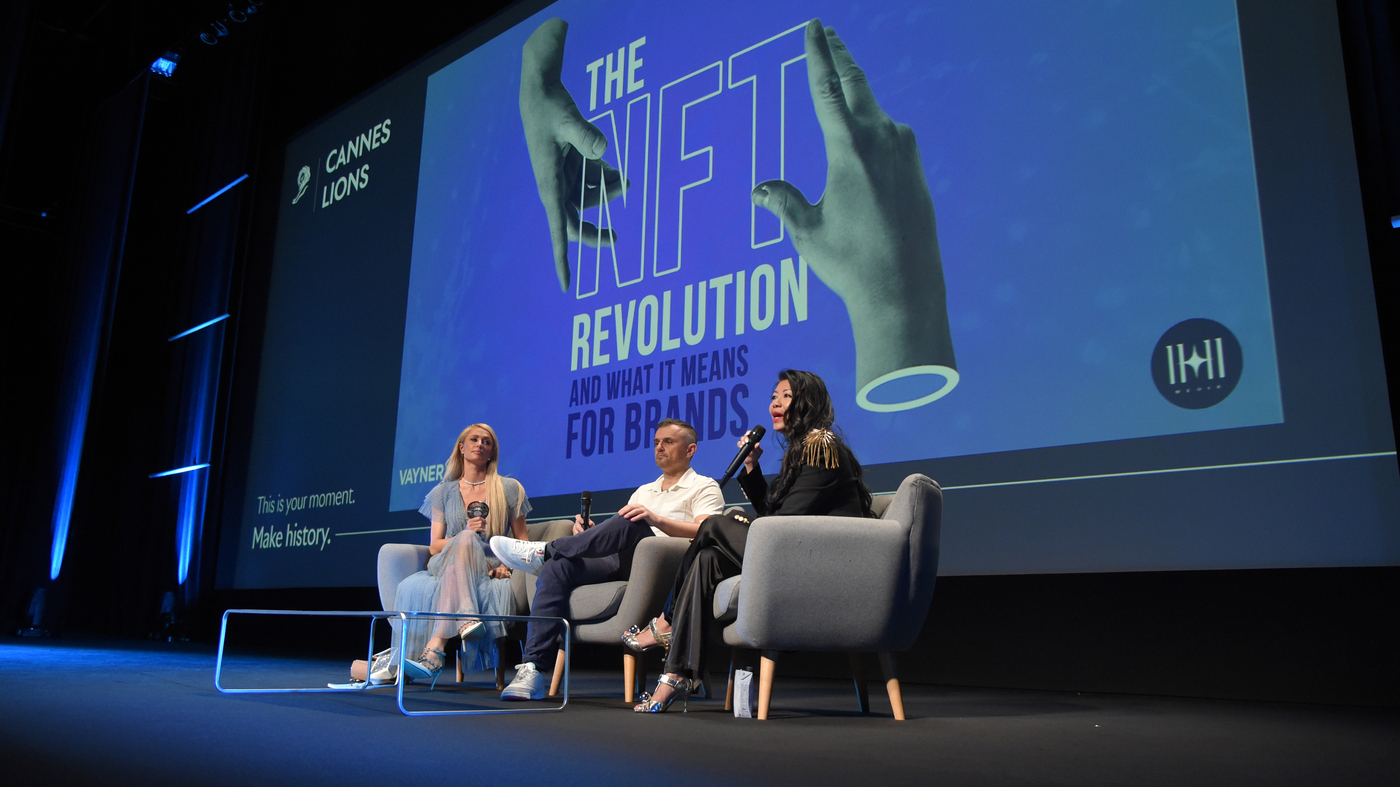
The NFT (Non-Fungible Token) craze that took the art world by storm might be nearing its end. Once hailed as a groundbreaking digital revolution, NFTs saw skyrocketing prices and global attention, thanks in part to the involvement of famous celebrities like Justin Bieber and Paris Hilton. However, the bubble appears to be deflating, leaving many to wonder if NFTs are on their last legs or if they will undergo a reimagining.
NFTs are unique digital assets that can represent ownership or proof of authenticity for various digital creations, including artwork, music, and virtual real estate. These assets are stored on blockchain technology, which provides a decentralized and transparent ledger system. NFTs gained popularity due to their ability to provide artists with direct ownership of their work and the potential for substantial profits through sales and auctions.
In recent months, NFTs have seen a significant decline in value and demand. Prices for digital artworks that were once fetching millions of dollars have plummeted, with some selling for a fraction of their initial prices. While there are still enthusiasts and collectors willing to invest in NFTs, the speculative hype that drove the market seems to have subsided.
The decline of NFTs can be attributed to several factors. First, the initial hype surrounding NFTs led to a flood of new artists and creators entering the market, saturating it with supply. As a result, the demand for NFTs has waned, and many artworks struggle to find buyers. Additionally, concerns about the environmental impact of NFTs have emerged, as the energy consumption of blockchain networks used for NFT transactions has raised questions about their sustainability.
Furthermore, the lack of regulation in the NFT market has made it susceptible to scams and fraud. Some artists have reported their work being minted and sold as NFTs without their consent, and buyers have faced difficulties in verifying the authenticity and provenance of NFTs. These issues have eroded trust in the market and made potential investors wary.
Despite these challenges, it is important to note that the concept of NFTs still holds potential. The idea of providing artists with greater control and ownership of their digital creations is appealing and can revolutionize the art industry. Additionally, NFTs have sparked discussions about the value of digital art and the democratization of the art market.
As the NFT market evolves, it is likely that we will see a reimagining of the concept. Artists, collectors, and platforms will need to address the challenges and concerns associated with NFTs to rebuild confidence in the market. This may include implementing stricter verification processes, establishing standards for environmental sustainability, and promoting transparency in transactions.
Ultimately, the future of NFTs depends on their ability to adapt and provide value to both artists and collectors. While the hype may have faded, the underlying potential of NFTs as a means of digital ownership and artistic expression remains. Whether NFTs will become a lasting and significant part of the art world or fade into obscurity is yet to be seen, but their impact will undoubtedly shape the future of digital art and ownership.






